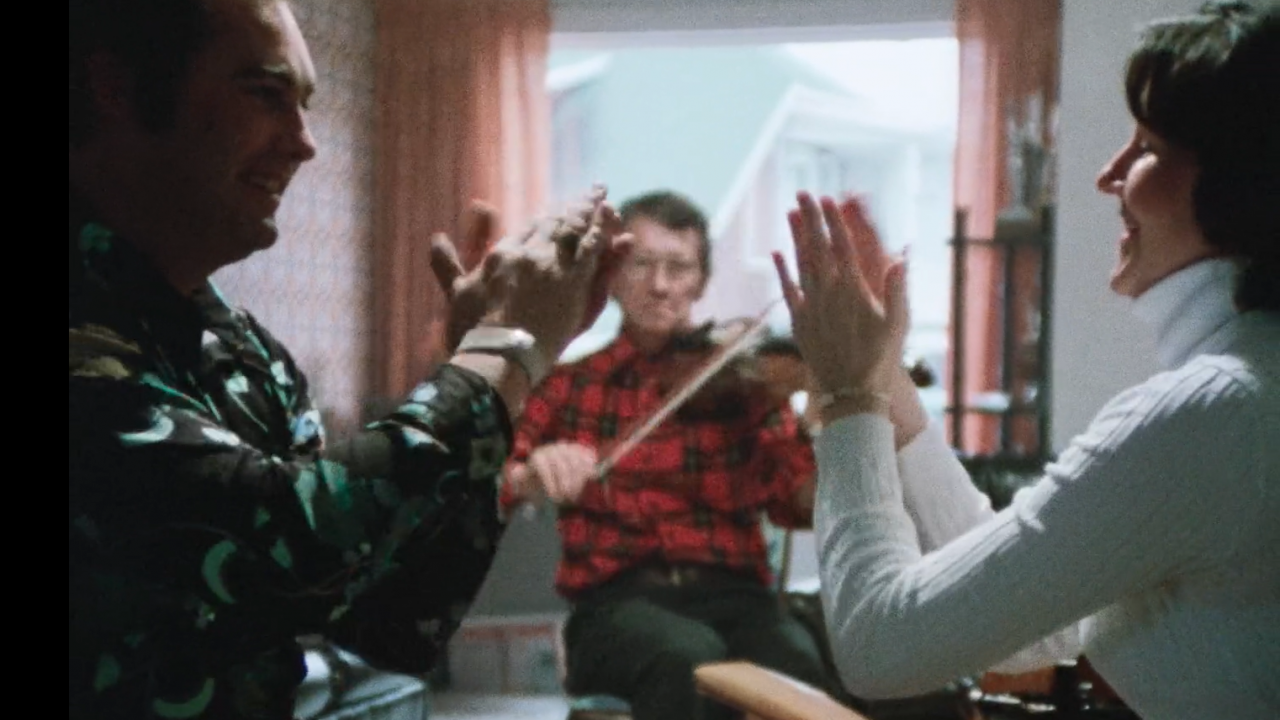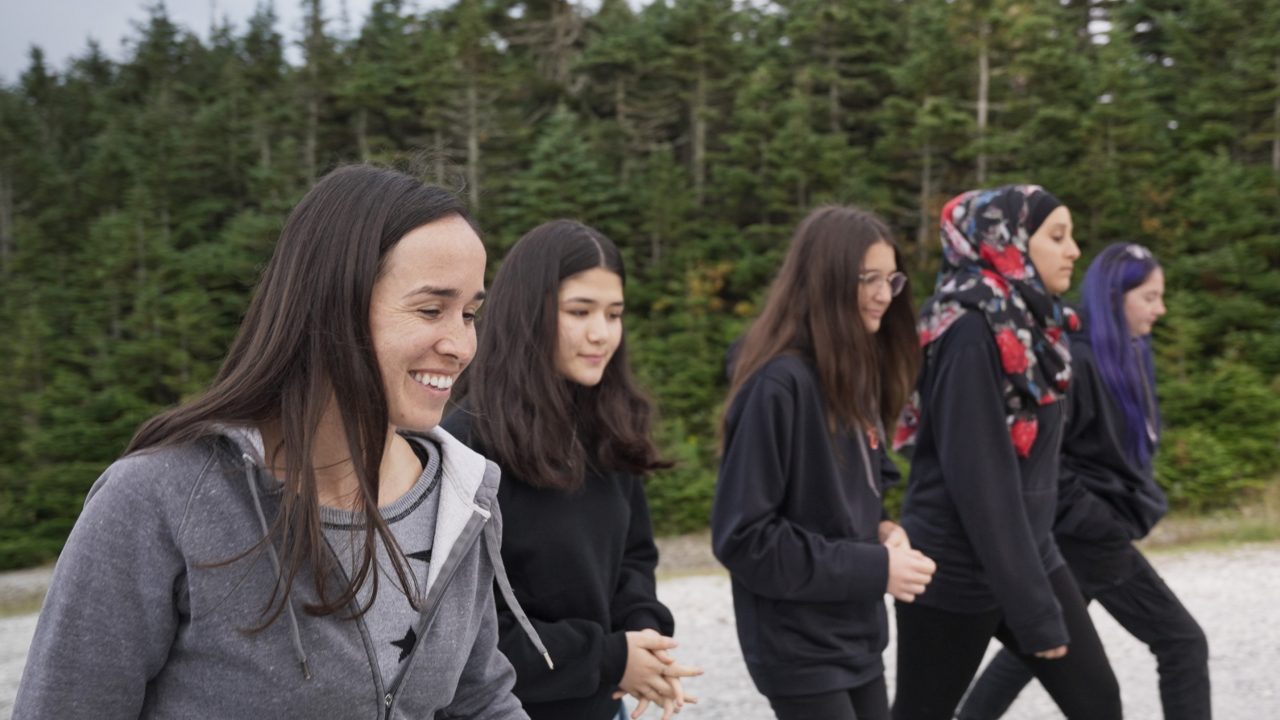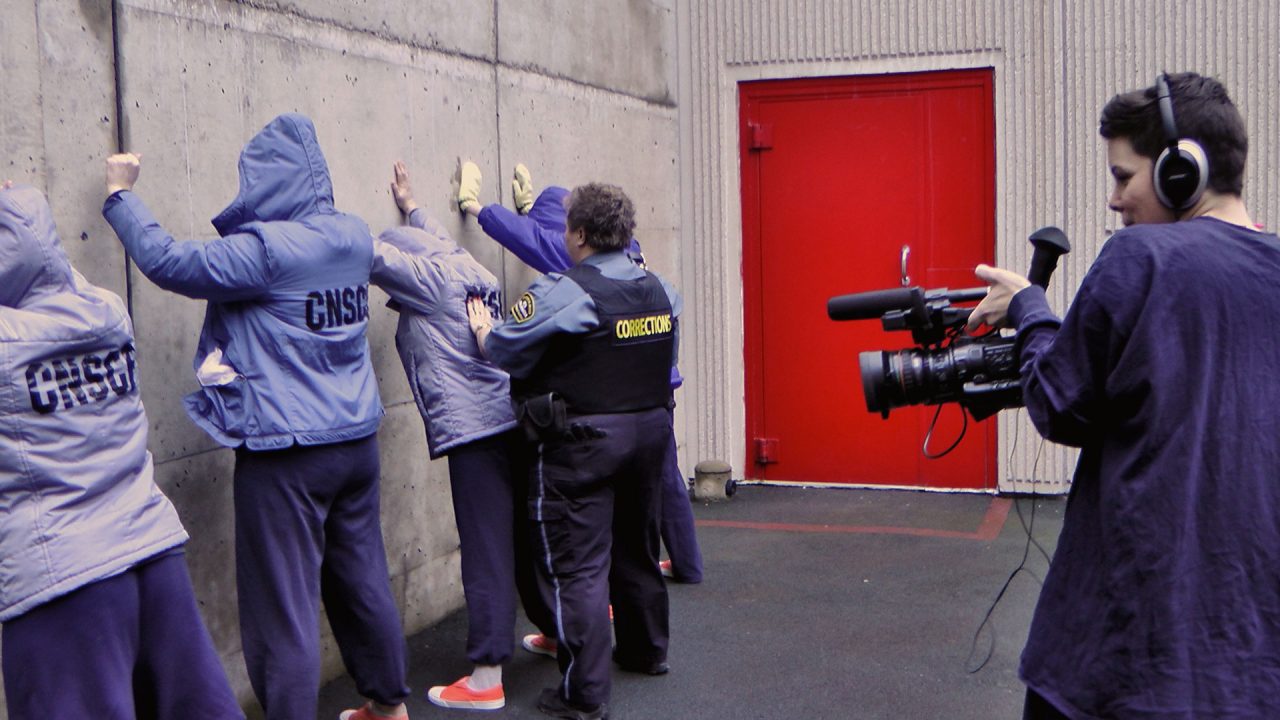
Higher Learning | Conviction
Higher Learning | Conviction
Conviction: Hearing the Voices of Criminalized Women, and Changing Incarceration
An article by Madeline Lamboley, professor of criminology at the University of Moncton, in connection with Conviction (2019), a documentary by Nance Ackerman, Ariella Pahlke and Teresa MacInnes.
Women’s criminality: Not just an isolated life event
The documentary Conviction highlights the journeys of criminalized women through four portraits. The stories of Treena, Bianca, Caitlin and Laura are very different, but have much in common—as is often the case for the country’s most marginalized, victimized, criminalized and institutionalized women. Conviction also reveals the ways in which our society is deeply dysfunctional when it comes to protecting the most vulnerable, and proposes alternatives to incarceration.
Conviction, Nance Ackerman, Ariella Pahlke & Teresa MacInnes, provided by the National Film Board of Canada
When women are incarcerated, it’s often the culmination of a turbulent life path marked by a large number of vulnerability factors. The women we hear from in the film have found, at points in their lives, that many of their needs are not being met—basic material needs, but also the need for love and feeling validated.
They have many different vulnerabilities: economic, linked to poverty or to being unemployed and dependent on income assistance; familial, through abuse, as in Caitlin’s case, or sexual violence or abandonment, as with Bianca; social, including the consumption of psychoactive substances and risky or transgressive behaviour, as we see with Laura; or personal, entailing thrill-seeking and poor self-esteem, as with Treena. These vulnerabilities all have harmful repercussions in women’s lives, and can lead to their being incarcerated.
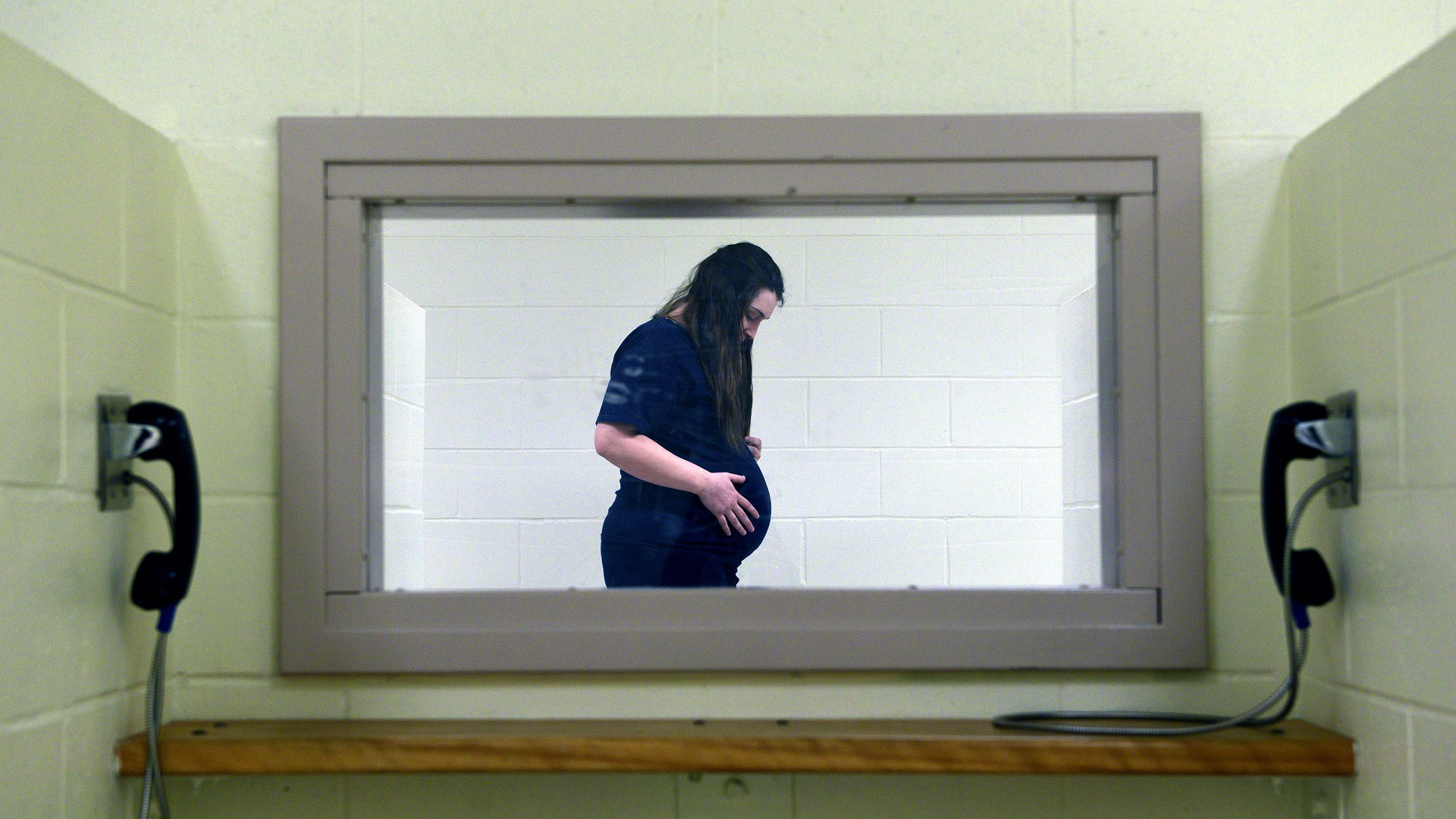
It has been clearly established that criminalized women tend to be young, under-educated, unemployed or low-income, single mothers (in two-thirds of cases), victims of physical, sexual or emotional violence as children or adults, or dependent on violent men.
An overwhelming majority of them have been seriously victimized in the past, and have high rates of exposure to trauma prior to their incarceration, not to mention the prevalence of mental health issues. These factors are even more evident among Indigenous women, who are greatly over-represented in the prison population.
Revolving door syndrome
The criminalization of women is on the rise in Canada and elsewhere in the world. However, the crimes women commit are mostly non-violent infractions related to poverty, drug use or high-risk behaviour. The Elizabeth Fry Society[1], which campaigns in support of the rights of female prisoners, has reiterated for years now that there is a growing tendency to criminalize poverty, homelessness, addiction and even mental illness.
With a lack of appropriate community resources, social problems are shifted to prisons. For some women, prison becomes a kind of refuge—a safe place where they are protected from adverse conditions that are difficult, if not impossible, to overcome on the outside. Incarceration is also connected to sometimes overly strict conditions for conditional release, which return them to prison for the slightest slipup.
Conviction shows that those who do get out, like Treena, Bianca, Caitlin and Laura, are often back before long. They are caught in the revolving door of incarceration, either because they fall back into their old habits, like Treena; they have nowhere to go, like Bianca; or they re-offend, like Caitlin.
What needs to change when it comes to the imprisonment of women
In the documentary, the Elizabeth Fry Society condemns the incarceration of women and advocates for abolition, saying the current model has not adapted to reality or to the needs of women involved with the legal system. “We throw them back onto the streets and expect them to fend for themselves,” says Senator Kim Pate, one of the film’s protagonists. But the reality is that community resources are either completely lacking or insufficient to meet their needs. A woman who is released from jail after even just a few weeks has likely lost access to her lodging, and her personal effects have probably been thrown out. So she finds herself starting over from scratch.
Obviously, the circumstances of women involved with the legal system are complex, to say the least, and these women have a broad and diverse set of needs. That’s why the Elizabeth Fry Society recommends establishing alternatives to incarceration that would be less expensive for taxpayers—and, more importantly, better adapted to women’s realities. If a person meets certain criteria—for instance, with respect to the infraction committed, recognition of the results of their actions, and/or a willingness to participate in measures proposed—different solutions could be put in place. These could include participation in mediation sessions with a view to understanding and repairing harm caused to the victim, community service, or sensitivity training and treatment in cases involving substance use or mental health issues.
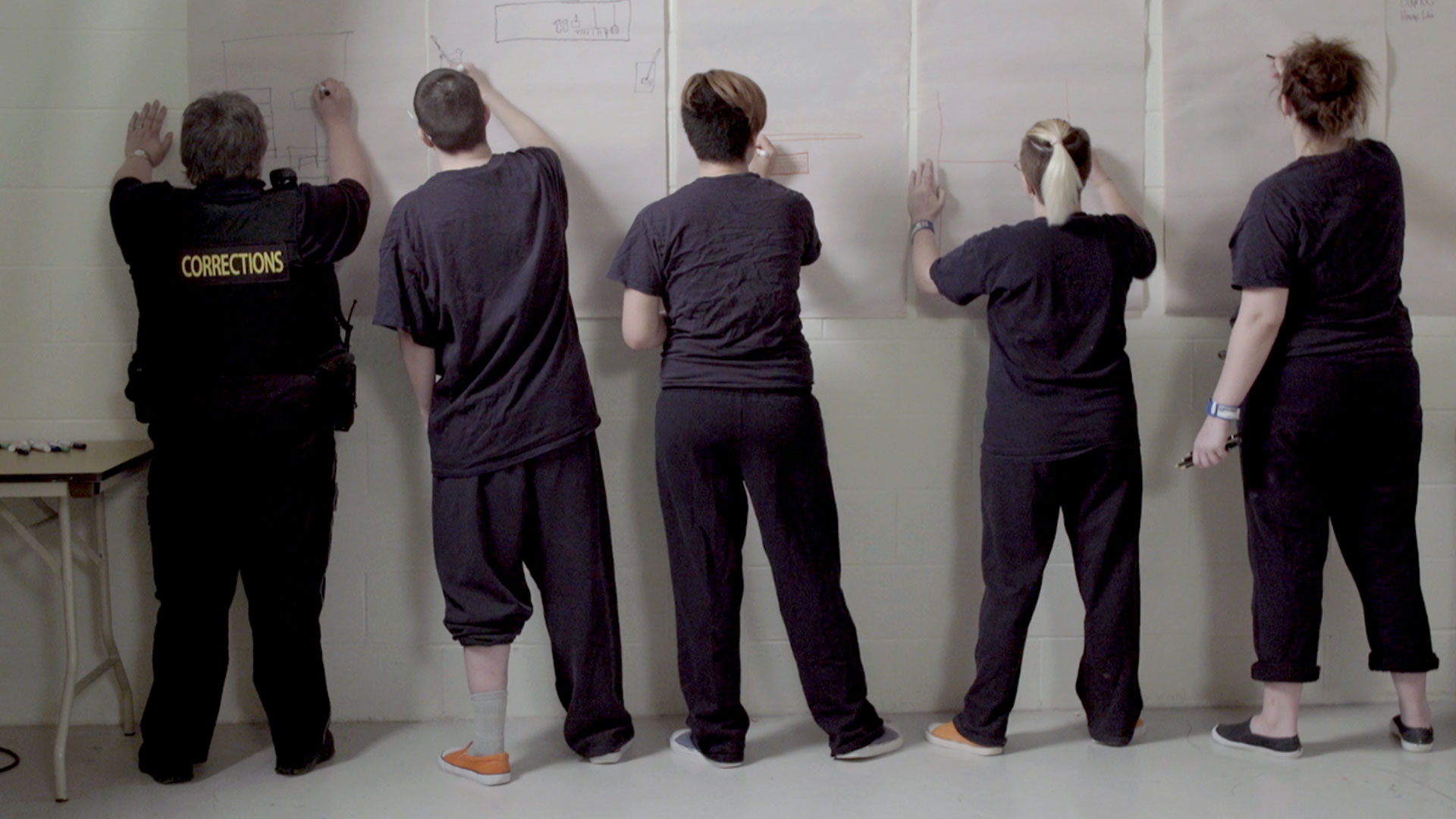
None of this would be new! Between 1990 and 2000, three major reports[2] recommended significant changes. One of them, Creating Choices, introduced a new philosophy that made Canada a global leader in penal management when it comes to the incarceration of women. The guidelines laid out in the Creating Choices report were partially implemented in federal institutions, for sentences of two years plus a day. The report also led to the closure of the Kingston Prison for Women, where conditions had been described as inequitable and unsuitable, and to the construction of more open institutions, where women live together in homes built for small groups.
Furthermore, new programs were developed based on women’s circumstances, and not simply copied from programs offered to men. Finally, the particular realities of Indigenous women were recognized, which, notably, led to the construction of the Okimaw Ohci Healing Lodge. But in provincial prisons, where sentences range from a few weeks to two years, conditions of detention continue to be marked by a lack of interest in the population of incarcerated women, due to their small numbers in comparison with men, a lack of dedicated programming, sometimes inadequate facilities and the over-classification of their security status as a result of a lack of space. Given the profile of women involved in the legal system, a trauma-centred approach that aims to understand the multiple contexts of violence affecting these women is critical.
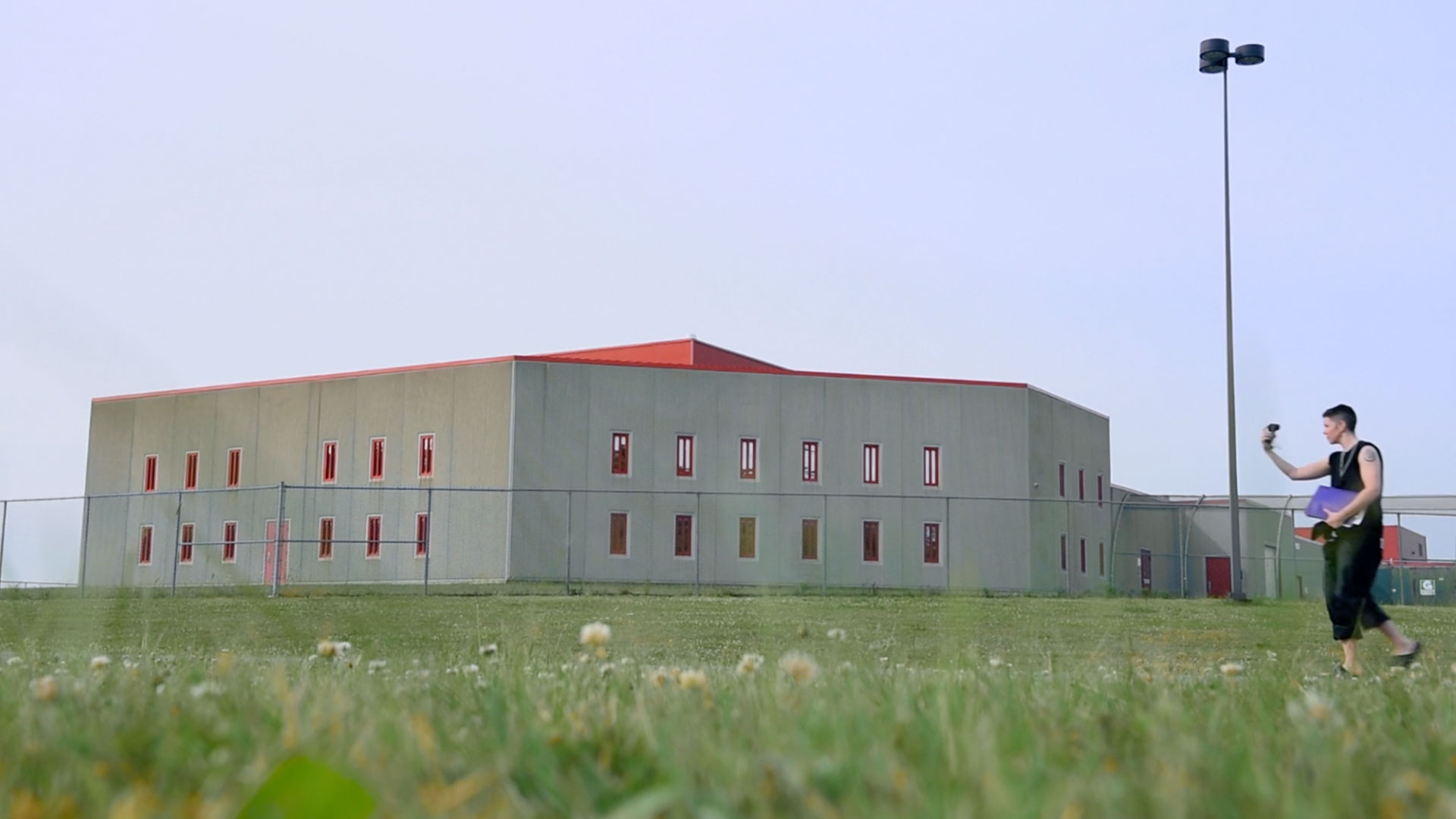
When will we see the decarceration of social problems? Conviction highlights the potential of these women to make major changes in their life paths. At the end of the film, Bianca is in university, while Treena is in the process of returning to occupational training. Senator Kim Pate points out that Canada has the resources to invest in innovative programs. What if we chose to put people first? After all, as the women in Conviction so beautifully sing, they are not just a number.
Conviction (2019) a film by Nance Ackerman, Ariella Pahlke & Teresa MacInnes
This blogpost was written in collaboration with project consultant Madeline Lamboley.
Madeline Lamboley is a professor of criminology in the Department of Sociology and Criminology at the University of Moncton, in New Brunswick. Her teaching and research focus primarily on vulnerable women—specifically immigrant women, and women living with multiple issues—and the interventions they need.
[1] Société Elisabeth Fry du Québec (2011). La justice pénale et les femmes. Montréal : Éditions du remue-ménage, 171 pages. In French only.
[2] Correctional Service Canada (1990). Creating Choices: The Report of the Task Force on Federally Sentenced Women. Ottawa: Departments of Public Services and Procurement. https://www.csc-scc.gc.ca/women/092/002002-0001-en.pdf
Arbour, L. (1996). Commission of Inquiry into Certain Events at the Prison for Women in Kingston. Ottawa: Departments of Public Services and Procurement. https://publications.gc.ca/site/eng/9.646174/publication.html
Ratushny, L. (1997). Self-defence review, final report. Ottawa: Submitted to the Minister of Justice of Canada and to the Solicitor General of Canada. https://www.publicsafety.gc.ca/lbrr/archives/ke%208839%20r3%201997-eng.pdf
Pour lire cet article en français, cliquez ici.
Discover more Educational blog posts | Watch educational films on NFB Education | Watch educational playlists on NFB Education | Follow NFB Education on Facebook | Follow NFB Education on Pinterest | Subscribe to the NFB Education Newsletter
